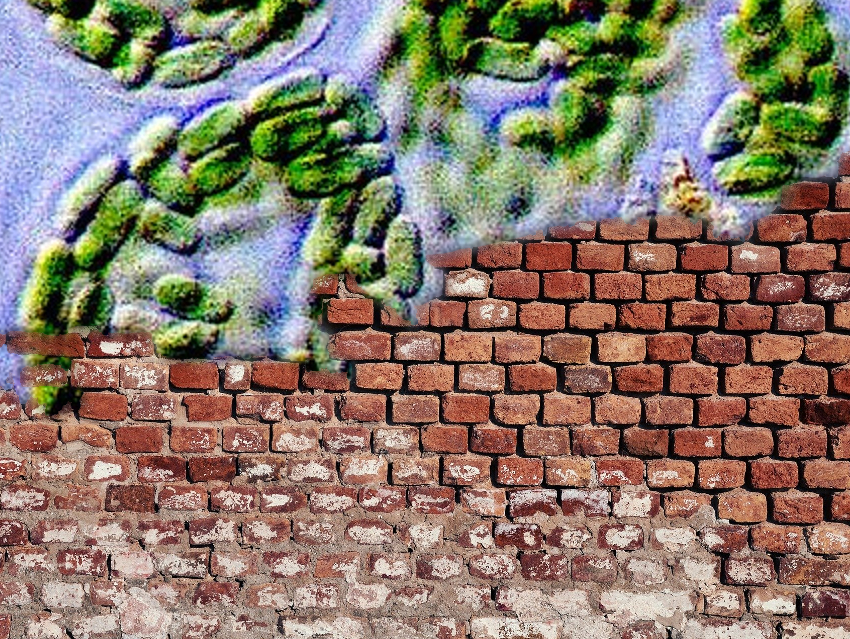Some microorganisms can produce calcium carbonate using CO2—a process called microbially induced calcium carbonate precipitation (MICP). MICP can, for example, be used to heal cracks in concrete. This approach could be used to create living building materials (LBMs) that retain functions such as self-healing over time. However, this requires long-term viability of the microbes, which has been challenging to achieve with the species used so far.
Wil V. Srubar III, University of Colorado, Boulder, USA, and colleagues have used cyanobacteria—photosynthetic microorganisms—to precipitate calcium carbonate and turn a sand-gelatin scaffold into a stable LBM. The team used the cyanobacterium Synechococcus sp. PCC 7002 and combined this microorganism in its culture medium with gelatin, calcium chloride, and sand at 37 °C. The material was then cooled and put into a mold. A hydrogel network formed and was reinforced by precipitated calcium carbonate to give the LBM. When the material was dried, it showed better mechanical properties than a control prepared without the cyanobacteria.
The material can also “replicate” itself: When new medium and gelatin are added to the “parent” material, the bacteria can multiply and provide double the original material. This could allow for an “exponential” manufacturing process for the LBM. The team found that is possible to create at least three successive generations of LBMs with viable microorganisms. The metabolic activity of the cyanobacteria during these processes can be controlled by changing the temperature and humidity.
- Biomineralization and Successive Regeneration of Engineered Living Building Materials,
Chelsea M. Heveran, Sarah L. Williams, Jishen Qiu, Juliana Artier, Mija H. Hubler, Sherri M. Cook, Jeffrey C. Cameron, Wil V. Srubar,
Matter 2020.
https://doi.org/10.1016/j.matt.2019.11.016




